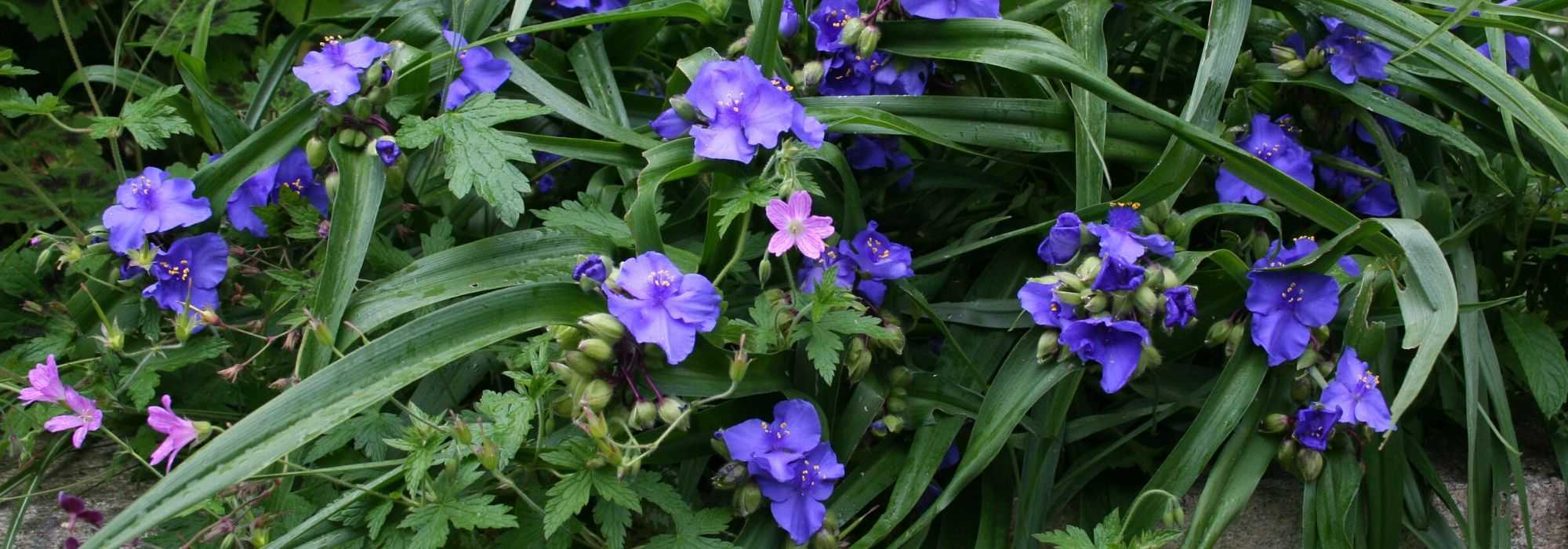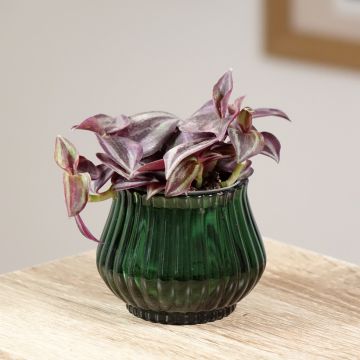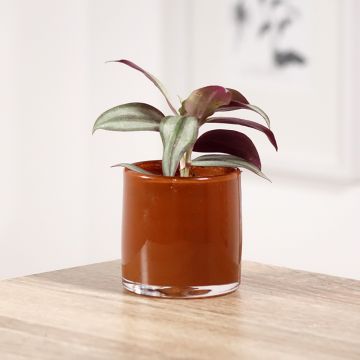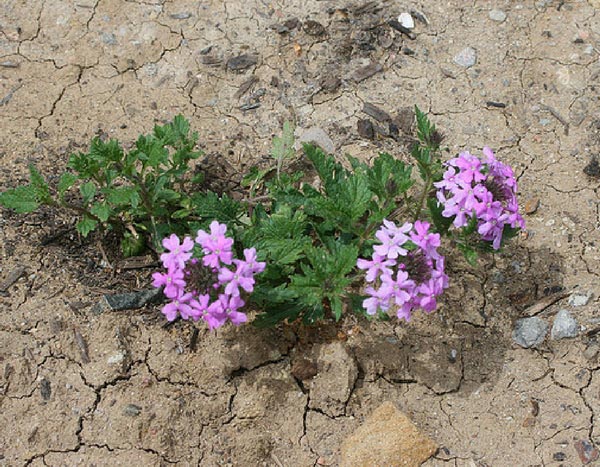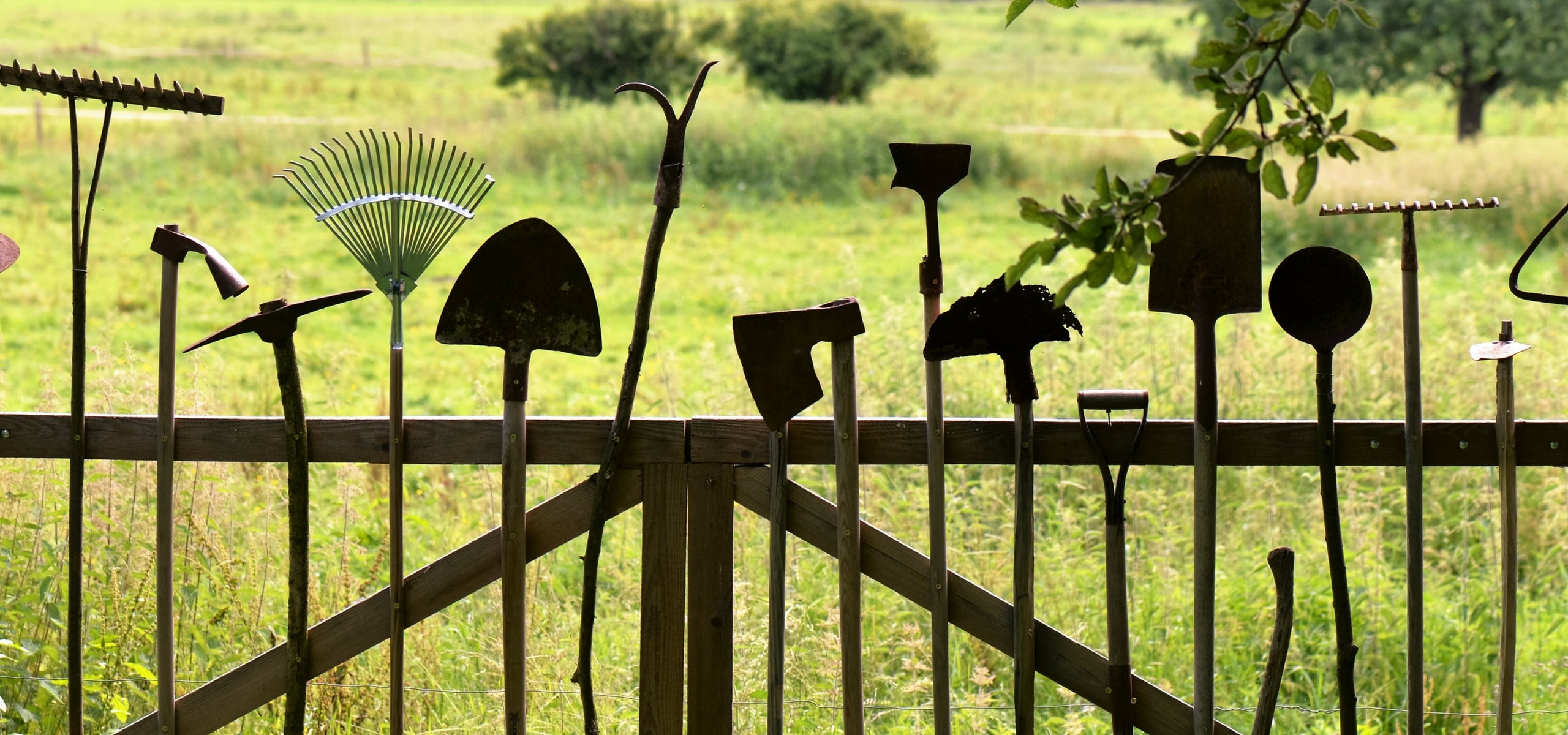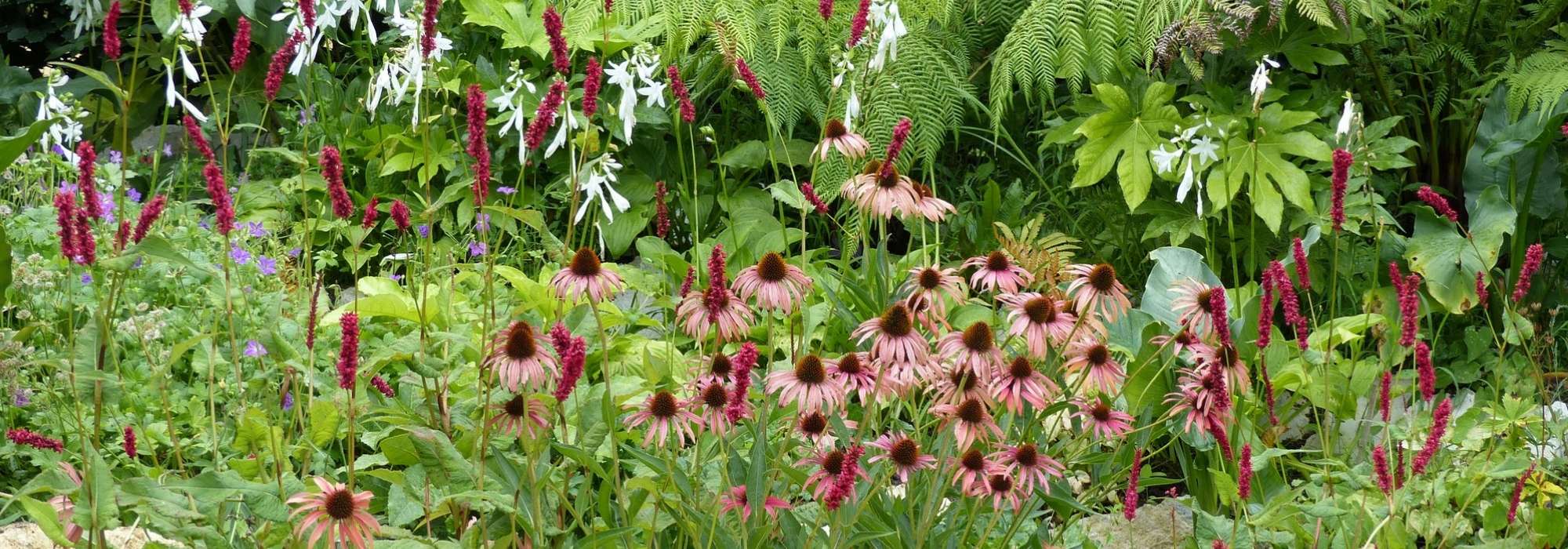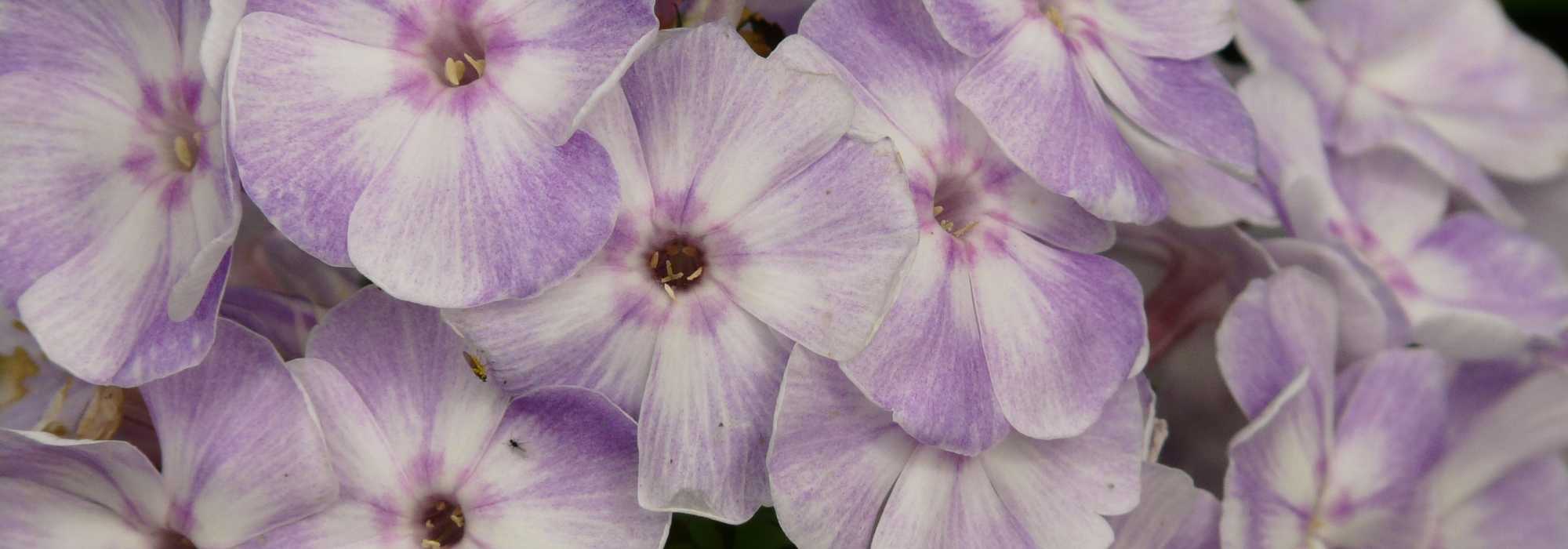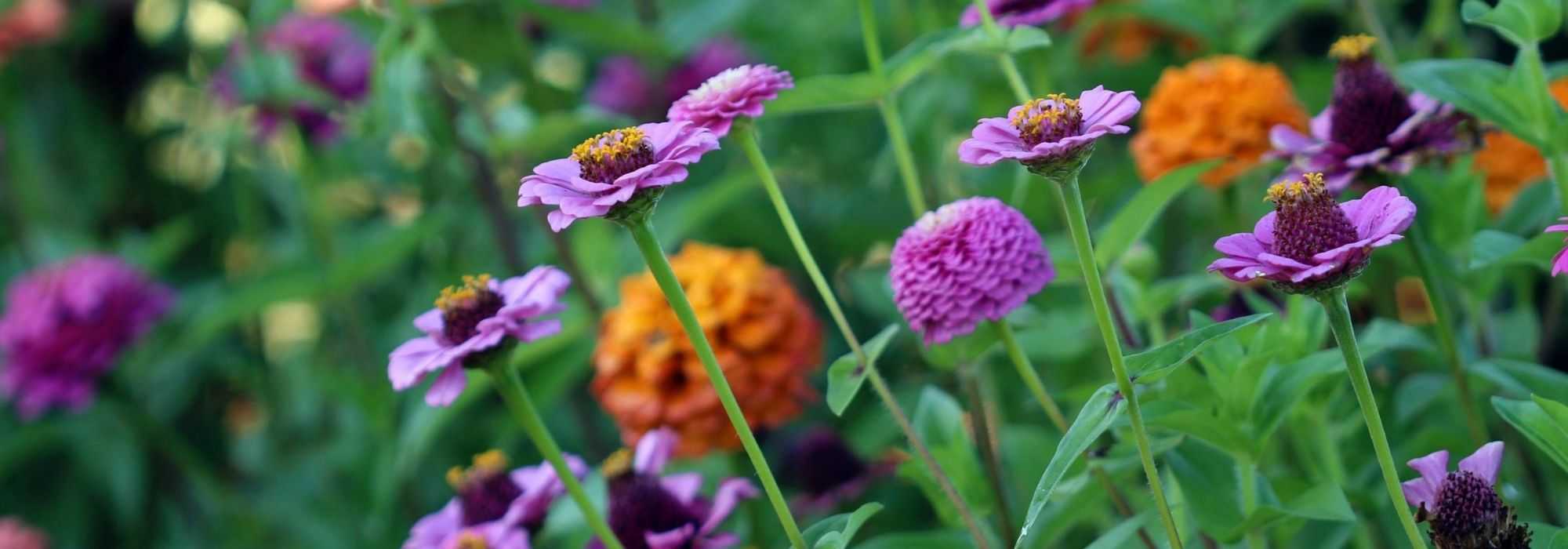

Tradescantia cerinthoides Sweetness
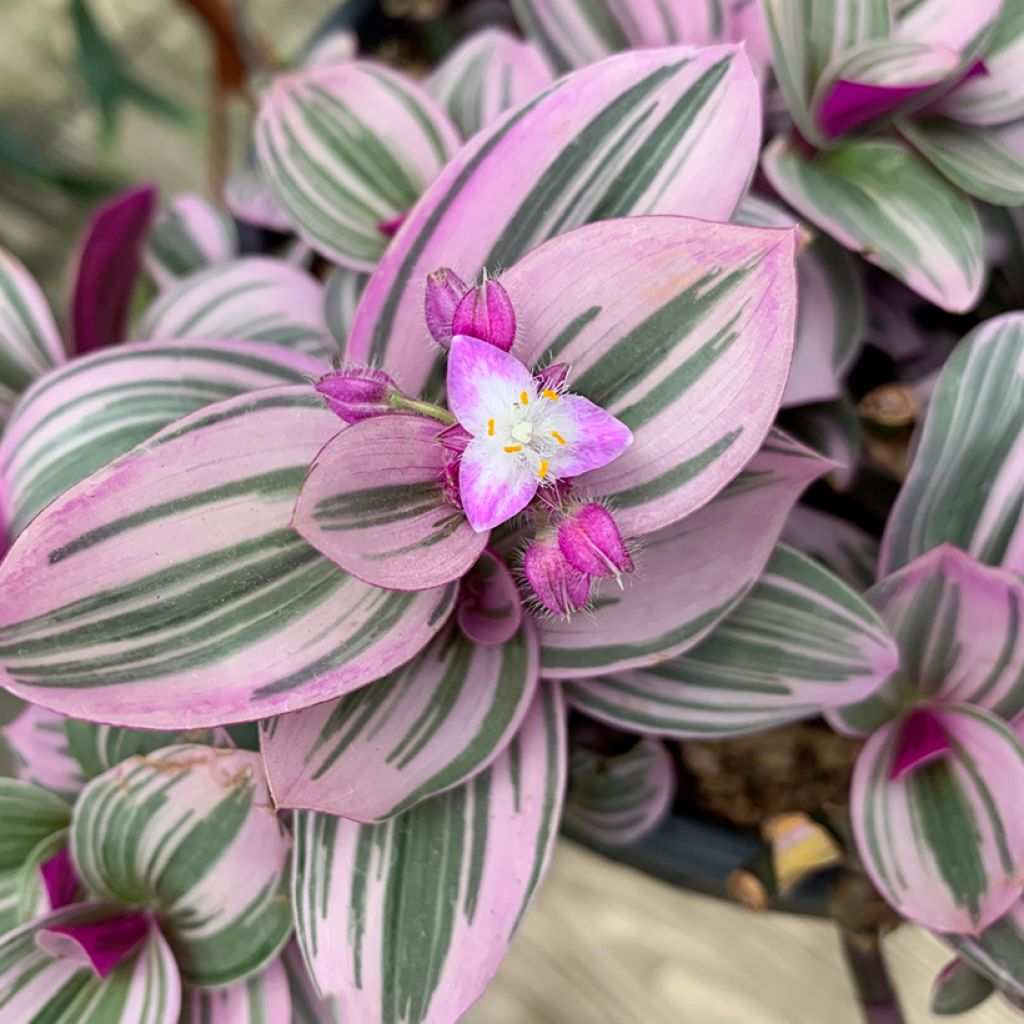

Tradescantia cerinthoides Sweetness
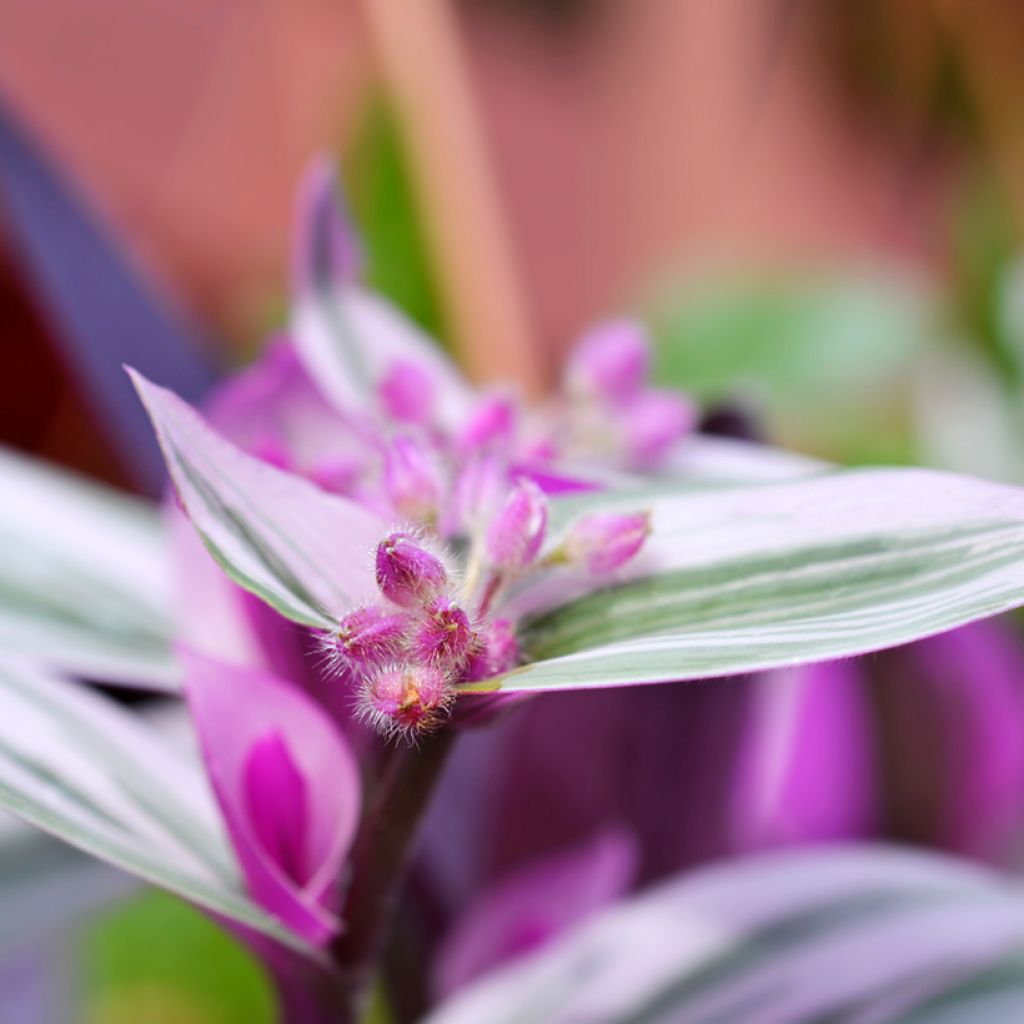

Tradescantia cerinthoides Sweetness
Tradescantia cerinthoides Sweetness
Tradescantia cerinthoides 'EC TRAD 2011' Sweetness
Flowering inch plant
Special offer!
Receive a €20 voucher for any order over €90 (excluding delivery costs, credit notes, and plastic-free options)!
1- Add your favorite plants to your cart.
2- Once you have reached €90, confirm your order (you can even choose the delivery date!).
3- As soon as your order is shipped, you will receive an email containing your voucher code, valid for 3 months (90 days).
Your voucher is unique and can only be used once, for any order with a minimum value of €20, excluding delivery costs.
Can be combined with other current offers, non-divisible and non-refundable.
Home or relay delivery (depending on size and destination)
Schedule delivery date,
and select date in basket
This plant carries a 30 days recovery warranty
More information
We guarantee the quality of our plants for a full growing cycle, and will replace at our expense any plant that fails to recover under normal climatic and planting conditions.
Description
The Tradescantia cerinthoides Sweetness also known as Wandering Jew, is an interesting houseplant for its variegated foliage of green and purple. Its trailing habit works wonders in hanging baskets or on shelves, adding a touch of lush nature to your décor. With rapid growth and low maintenance, it is an ideal companion to brighten up your home even if you're not a houseplant expert.
Belonging to the Commelinaceae family, the Tradescantia cerinthoides Sweetness is a herbaceous perennial with a fast-growing trailing habit. The Tradescantia genus includes over 50 species of perennial plants primarily native to the Americas, particularly Brazil. These plants thrive in varied environments, from humid tropical zones to temperate regions, adapting to diverse habitats such as shaded woodlands and rocky areas. At maturity, the plant reaches a height of 30 to 60 cm with a similar spread. Its purplish stems bear ovate, smooth, and fleshy leaves measuring between 2 and 5.5 cm in length and 1.5 to 2.5 cm in width. The foliage displays attractive variegation, with uniform stripes of pale purple and yellowish-green, while the undersides of the leaves feature shades of reddish-purple. Tough subtle, flowering can occur all year-round, producing small white flowers with yellow anthers.
Warning - Note that this plant is toxic if ingested and its sap may cause skin irritation. It is therefore recommended to handle it with care and keep it out of reach of children and pets.
Indoors, the Tradescantia Sweetness thrives in bright, indirect light avoiding direct sunlight which may scorch its delicate foliage. It requires moderate ambient humidity and an ideal temperature between 16 and 24°C. The substrate should be light, well-draining, and kept slightly moist with moderate watering—allowing the soil to dry out between waterings to prevent root rot. Light fertilisation during active growth periods is recommended to support its development.
The cerinthoides Sweetness Wandering Jew fits perfectly in bright rooms such as living rooms, conservatories, or even offices where its colourful foliage will add a fresh and vibrant touch. With its trailing habit, it is ideal in a macramé hanging pot for a bohemian vibe or on a modern shelf in a Scandinavian style. Pair it with a neutral-toned pot to highlight its purple hues, or a brass planter for a more sophisticated look.
Tradescantia cerinthoides Sweetness in pictures
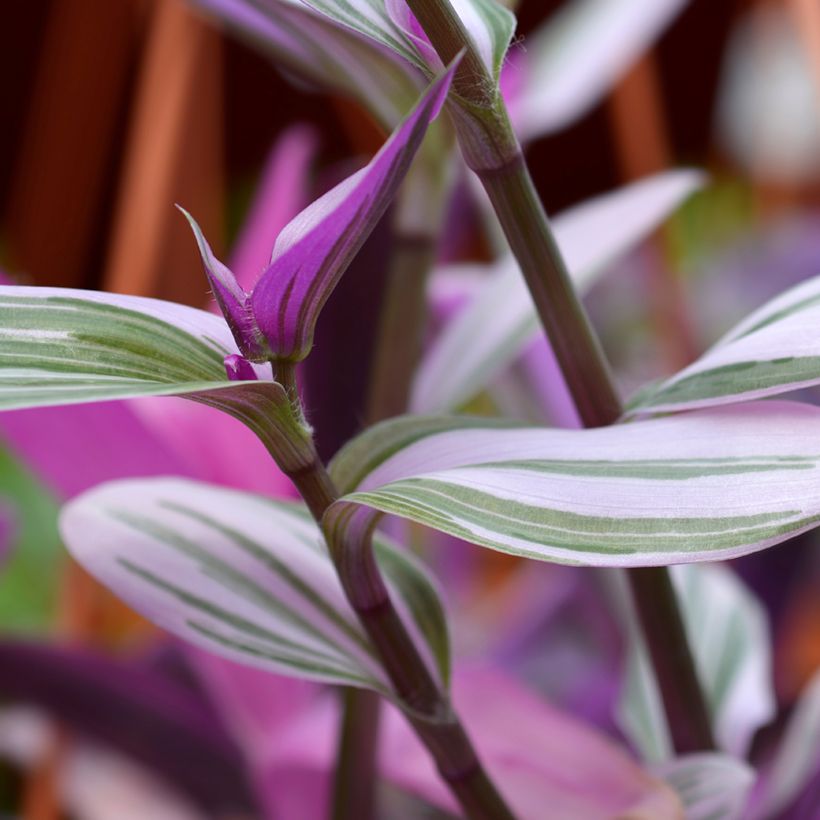

Foliage
Plant habit
Flowering
Botanical data
Tradescantia
cerinthoides
'EC TRAD 2011' Sweetness
Commelinaceae
Flowering inch plant
Cultivar or hybrid
Safety measures
Other Indoor Tradescantia
View all →Location
Location
Maintenance and care
Watering tips
Potting advice, substrates and fertilisers
Houseplant care
Disease and pest advice
Maintenance and care
Planting & care advice
This item has not been reviewed yet - be the first to leave a review about it.
Haven't found what you were looking for?
Hardiness is the lowest winter temperature a plant can endure without suffering serious damage or even dying. However, hardiness is affected by location (a sheltered area, such as a patio), protection (winter cover) and soil type (hardiness is improved by well-drained soil).

Photo Sharing Terms & Conditions
In order to encourage gardeners to interact and share their experiences, Promesse de fleurs offers various media enabling content to be uploaded onto its Site - in particular via the ‘Photo sharing’ module.
The User agrees to refrain from:
- Posting any content that is illegal, prejudicial, insulting, racist, inciteful to hatred, revisionist, contrary to public decency, that infringes on privacy or on the privacy rights of third parties, in particular the publicity rights of persons and goods, intellectual property rights, or the right to privacy.
- Submitting content on behalf of a third party;
- Impersonate the identity of a third party and/or publish any personal information about a third party;
In general, the User undertakes to refrain from any unethical behaviour.
All Content (in particular text, comments, files, images, photos, videos, creative works, etc.), which may be subject to property or intellectual property rights, image or other private rights, shall remain the property of the User, subject to the limited rights granted by the terms of the licence granted by Promesse de fleurs as stated below. Users are at liberty to publish or not to publish such Content on the Site, notably via the ‘Photo Sharing’ facility, and accept that this Content shall be made public and freely accessible, notably on the Internet.
Users further acknowledge, undertake to have ,and guarantee that they hold all necessary rights and permissions to publish such material on the Site, in particular with regard to the legislation in force pertaining to any privacy, property, intellectual property, image, or contractual rights, or rights of any other nature. By publishing such Content on the Site, Users acknowledge accepting full liability as publishers of the Content within the meaning of the law, and grant Promesse de fleurs, free of charge, an inclusive, worldwide licence for the said Content for the entire duration of its publication, including all reproduction, representation, up/downloading, displaying, performing, transmission, and storage rights.
Users also grant permission for their name to be linked to the Content and accept that this link may not always be made available.
By engaging in posting material, Users consent to their Content becoming automatically accessible on the Internet, in particular on other sites and/or blogs and/or web pages of the Promesse de fleurs site, including in particular social pages and the Promesse de fleurs catalogue.
Users may secure the removal of entrusted content free of charge by issuing a simple request via our contact form.
The flowering period indicated on our website applies to countries and regions located in USDA zone 8 (France, the United Kingdom, Ireland, the Netherlands, etc.)
It will vary according to where you live:
- In zones 9 to 10 (Italy, Spain, Greece, etc.), flowering will occur about 2 to 4 weeks earlier.
- In zones 6 to 7 (Germany, Poland, Slovenia, and lower mountainous regions), flowering will be delayed by 2 to 3 weeks.
- In zone 5 (Central Europe, Scandinavia), blooming will be delayed by 3 to 5 weeks.
In temperate climates, pruning of spring-flowering shrubs (forsythia, spireas, etc.) should be done just after flowering.
Pruning of summer-flowering shrubs (Indian Lilac, Perovskia, etc.) can be done in winter or spring.
In cold regions as well as with frost-sensitive plants, avoid pruning too early when severe frosts may still occur.
The planting period indicated on our website applies to countries and regions located in USDA zone 8 (France, United Kingdom, Ireland, Netherlands).
It will vary according to where you live:
- In Mediterranean zones (Marseille, Madrid, Milan, etc.), autumn and winter are the best planting periods.
- In continental zones (Strasbourg, Munich, Vienna, etc.), delay planting by 2 to 3 weeks in spring and bring it forward by 2 to 4 weeks in autumn.
- In mountainous regions (the Alps, Pyrenees, Carpathians, etc.), it is best to plant in late spring (May-June) or late summer (August-September).
The harvesting period indicated on our website applies to countries and regions in USDA zone 8 (France, England, Ireland, the Netherlands).
In colder areas (Scandinavia, Poland, Austria...) fruit and vegetable harvests are likely to be delayed by 3-4 weeks.
In warmer areas (Italy, Spain, Greece, etc.), harvesting will probably take place earlier, depending on weather conditions.
The sowing periods indicated on our website apply to countries and regions within USDA Zone 8 (France, UK, Ireland, Netherlands).
In colder areas (Scandinavia, Poland, Austria...), delay any outdoor sowing by 3-4 weeks, or sow under glass.
In warmer climes (Italy, Spain, Greece, etc.), bring outdoor sowing forward by a few weeks.






























